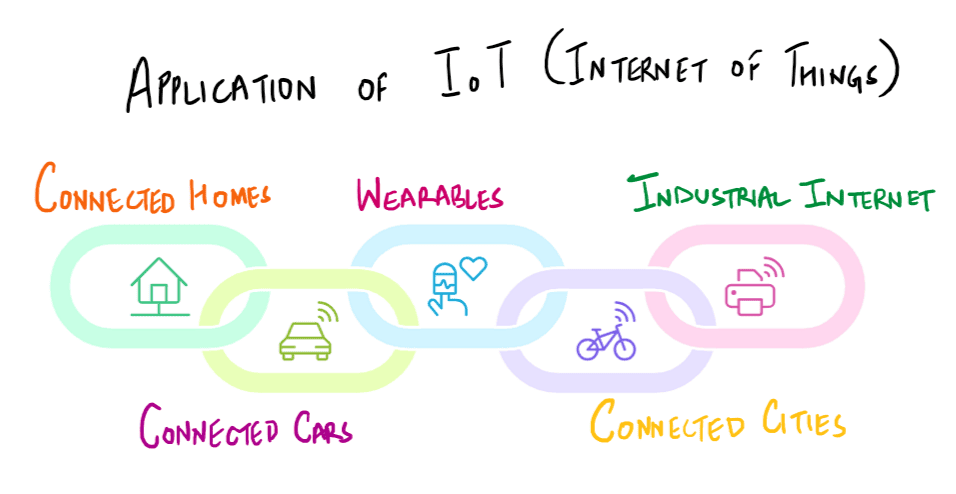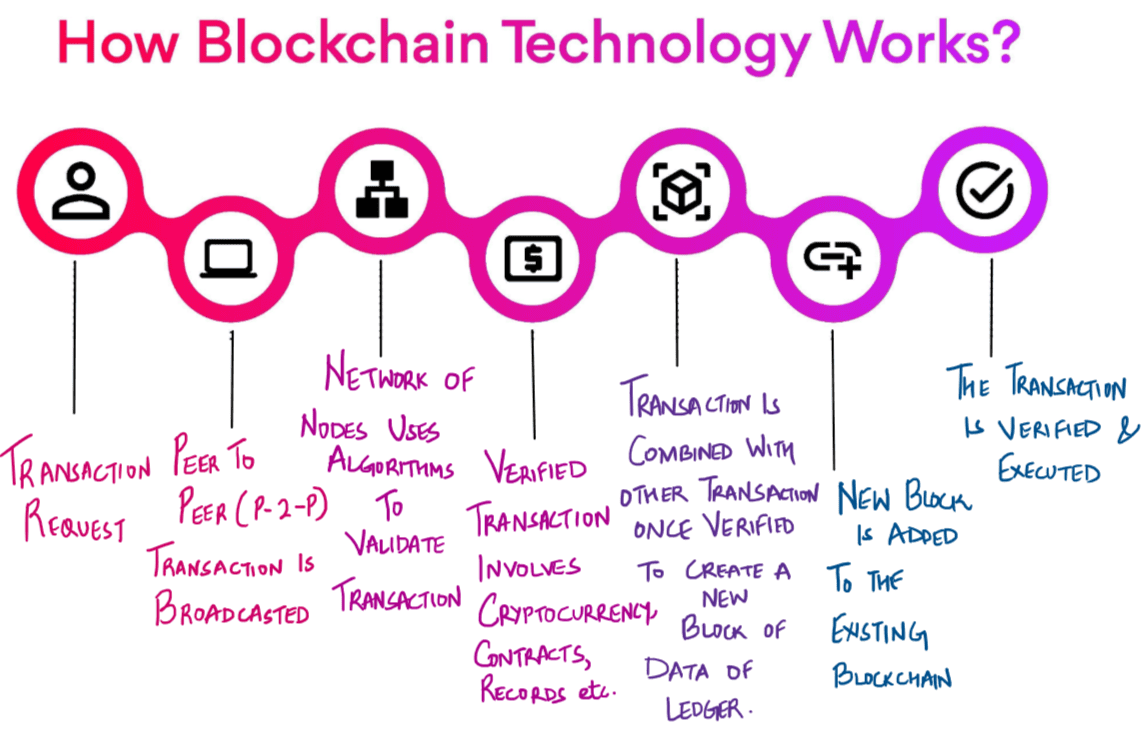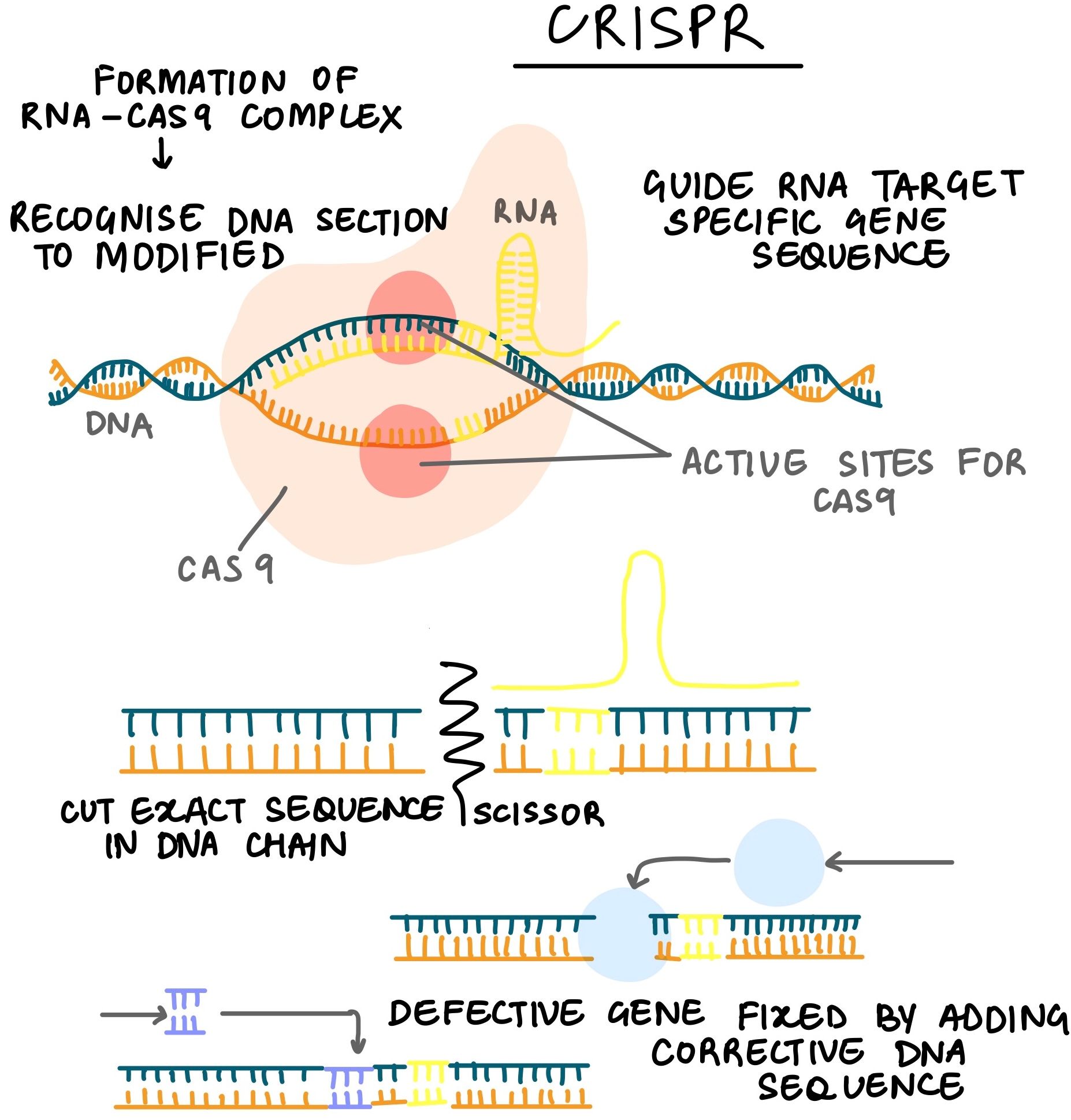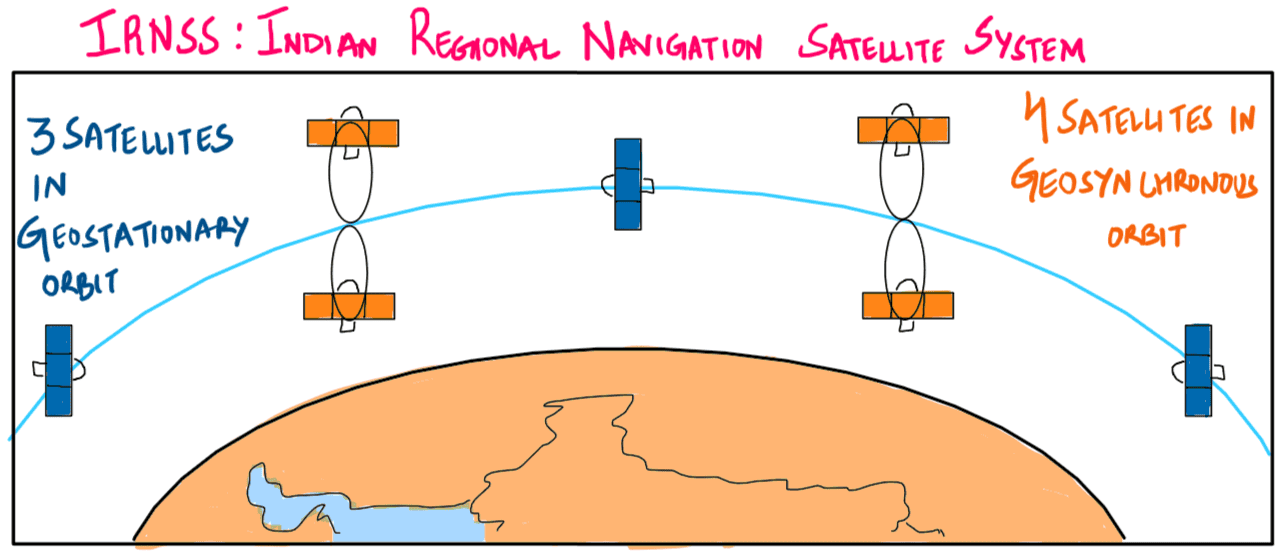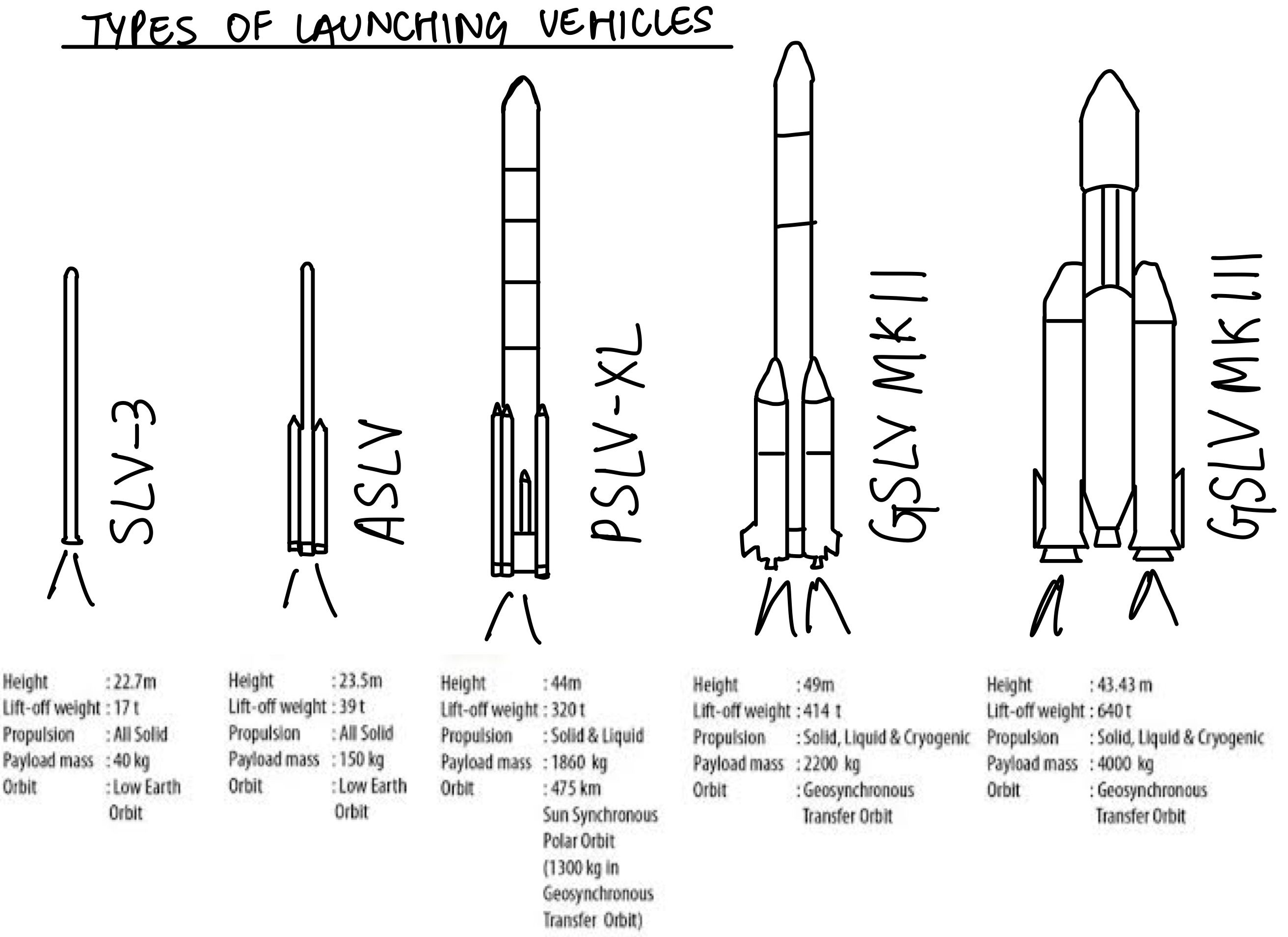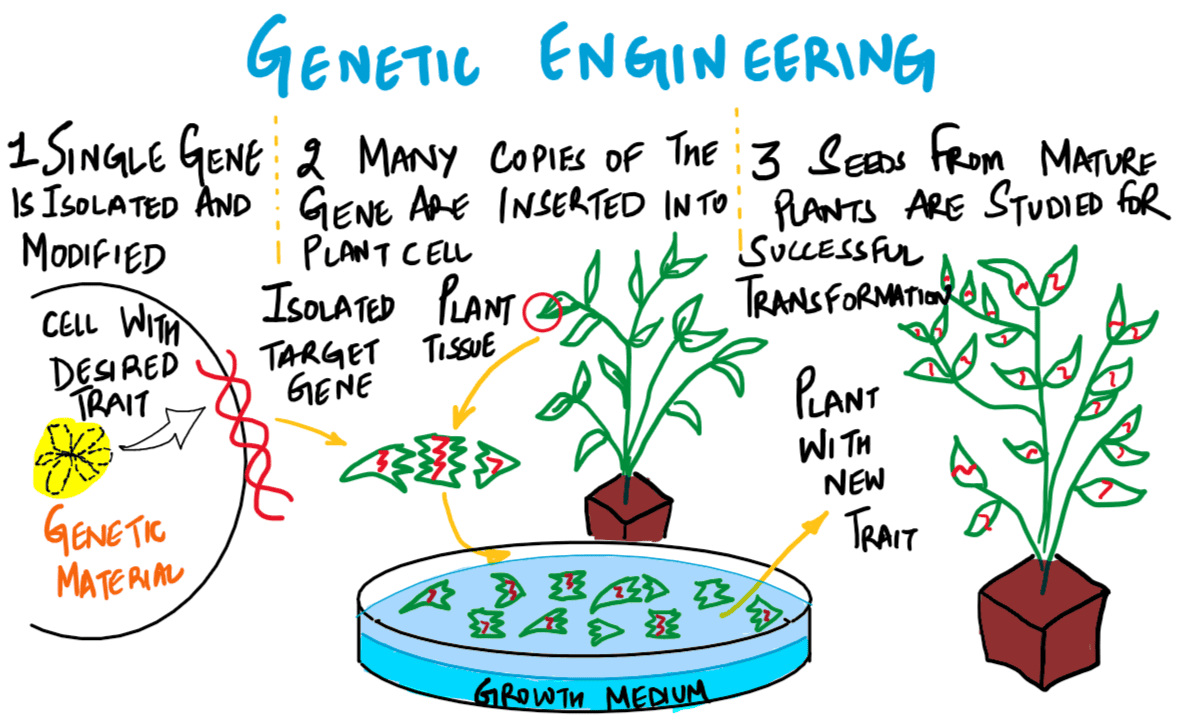UPSC Prelims 2018 Analysis
Subject wise MCQ distribution
- Economy (20 Questions): The highest weightage in the paper, covering macroeconomic indicators, policies, and economic development themes. Analytical abilities were essential to interpret trends.
- Environment & Ecology (15 Questions): A significant presence, likely reflecting UPSC’s increasing focus on climate change, biodiversity, and sustainable development. Maps were useful in location-based questions.
- Indian Polity (15 Questions): A core subject, testing governance, constitutional provisions, and landmark judgments. Many questions followed an assertion-reasoning pattern.
- Modern History (13 Questions): A relatively high emphasis on the freedom struggle, key personalities, and movements.
- Science & Technology (12 Questions): Covered advancements in AI, biotechnology, and space technology, requiring both static and current knowledge.
- Art & Culture (7 Questions): More weightage than in some later years, indicating an expectation for deeper knowledge of cultural heritage.
- International Relations (7 Questions): Focused on global organizations, treaties, and India's foreign policy.
- Medieval History (1 Question): Minimal representation, following the usual trend of fewer medieval history questions.
- Geography (Indian Geography: 4, Physical Geography: 2, World Geography: 0): The focus was on Indian geography, with limited physical geography and no direct world geography questions.

Difficulty analysis
- Medium Difficulty (50 Questions): The largest segment, requiring a balance of factual knowledge and application skills.
- Hard Questions (29 Questions): A significant portion of the paper, making elimination techniques and conceptual clarity essential.
- Easy Questions (21 Questions): Fewer than in later years, indicating a relatively tougher paper.
The 2018 Prelims had tougher questions than before, which made them hard to solve. This is reflected in the final cut-off, which was only 98 marks.

Variations in Question framing
Multi-Statement Questions (58%):
- The most common type, requiring elimination techniques and conceptual clarity.
- Particularly prevalent in Polity, Economy, and Environment sections.
- Many followed match the following and assertion-reasoning formats.
Direct Questions (42%):
- Straightforward factual questions, especially in History and Geography.
- Easier to score but required precise knowledge.

Current Affairs vs. Static Questions
- Current Affairs-Based (44 Questions): UPSC maintained a strong current affairs focus, particularly in Economy, Science & Technology, and International Relations.
- Static (56 Questions): A balanced approach, with a considerable portion testing foundational knowledge, often derived from NCERT books.
Key learning for Future Preparation
- Strengthen Economy and Polity: These subjects consistently hold high weightage and require an in-depth understanding of fundamental concepts.
- Master Multi-Statement Questions: Since a majority of questions require elimination skills, practice structured reasoning techniques.
- Balance Static and Current Affairs: While static knowledge remains crucial, integrating dynamic current developments is essential for scoring well.
- Prepare for Moderate to Hard Questions: The paper had a higher proportion of challenging questions, so aspirants should refine their approach to conceptual application and strategic guessing.
- History and Culture Awareness: Despite variations in different years, Art & Culture and Modern History continue to hold importance, making them key focus areas.
Subject-Wise Answer Key
QUESTION 1
Easy
Science & Technology
Prelims 2018
When the alarm of your smartphone rings in the morning, you wake up and tap it to stop the alarm which causes your geyser to be switched on automatically. The smart mirror in your bathroom shows the day's weather and also indicates the level of water in your overhead tank. After you take some groceries from your refrigerator for making breakfast, it recognises the shortage of stock in it and places an order for the supply of fresh grocery items. When you step out of your house and lock the door, all lights, fans, geysers and AC machines get switched off automatically. On your way to the office, your car warns you about traffic congestion ahead and suggests an alternative route, and if you are late for a meeting, it sends a- message to your office accordingly. In the context of emerging communication technologies, which one of the following term best applies to the above scenario?
A. Border Gateway Protocol
B. Internet of Things
C. Internet Protocol
D. Virtual Private Network
QUESTION 2
Medium
Science & Technology
Prelims 2018
"3D printing" has applications in which of the following?
- Preparation of confectionery items
- Manufacture of bionic ears
- Automotive industry
- Reconstructive surgeries
- Data processing technologies
Select the correct answer using the code given below:
A. 1, 3 and 4 only
B. 2, 3 and 5 only
C. 1 and 4 only
D. 1, 2, 3, 4 and 5
QUESTION 3
Hard
Science & Technology
Prelims 2018
Consider the following phenomena :
- Light is affected by gravity.
- The Universe is constantly expanding.
- Matter warps its surrounding space-time.
Which of the above is/are the prediction/predictions of Albert Einstein's General Theory of Relativity, often discussed in media?
A. 1 and 2 only
B. 3 only
C. 1, 2 and 3
D. 1 and 2
QUESTION 4
Medium
Science & Technology
Prelims 2018
Consider the following:
- Birds
- Dust blowing
- Rain
- Wind blowing
Which of the above spread plant diseases?
A. 1 and 3 only
B. 3 and 4 only
C. 1, 2 and 4 only
D. 1, 2, 3 and 4
QUESTION 5
Medium
Science & Technology
Prelims 2018
The identity platform `Aadhaar' provides open "Application Programming Interfaces (APIs)". What does it imply?
- It can be integrated into any electronic device.
- Online authentication using iris is possible.
Which of the statements given above is/are correct?
A. 1 only
B. 2 only
C. Both 1 and 2
D. Neither 1 nor 2
QUESTION 6
Easy
Science & Technology
Prelims 2018
Consider the following pairs :
| Terms sometimes seen in news | Context /Topic |
|---|---|
| 1. Belle II experiment | Artificial Intelligence |
| 2. Blockchain technology | Digital/Cryptocurrency |
| 3. CRISPR — Cas9 | Particle Physics |
Which of the pairs given above is/are correctly matched ?
A. 1 and 3 only
B. 2 only
C. 2 and 3 only
D. 1, 2 and 3
QUESTION 7
Easy
Science & Technology
Prelims 2018
The terms ‘Wanna Cry, Petya and Eternal Blue' sometimes mentioned in the news recently are related to
A. Exo-planets
B. Crypto-currency
C. Cyberattacks
D. Minisatellites
QUESTION 8
Medium
Science & Technology
Prelims 2018
With reference to the Indian Regional Navigation Satellite System (IRNSS), consider the following statements :
- IRNSS has three satellites in geostationary and four satellites in geosynchronous orbits.
- IRNSS covers entire India and about 5500 sq. km beyond its borders.
- India will have its own satellite navigation system with full global coverage by the middle of 2019.
Which of the statements given above is/are correct?
A. 1 only
B. 1 and 2 only
C. 2 and 3 only
D. None
QUESTION 9
Easy
Science & Technology
Prelims 2018
In which of the following areas can GPS technology be used?
- Mobile phone operations
- Banking operations
- Controlling the power grids
Select the correct answer using the code given below:
A. 1 only
B. 2 and 3 only
C. 1 and 3 only
D. 1, 2 and 3
QUESTION 10
Medium
Science & Technology
Prelims 2018
With reference to India’s satellite launch vehicles, consider the following statements:
- PSLVs launch the satellites useful for Earth resources monitoring whereas GSLVs are designed mainly to launch communication satellites.
- Satellites launched by PSLV appear to remain permanently fixed in the same position in the sky, as viewed from a particular location on Earth.
- GSLV Mk III is a four-stage launch vehicle with the first and third stages using solid rocket motors, and the second and fourth stages using liquid rocket engines.
Which of the statements given above is/are correct?
A. 1 only
B. 2 and 3
C. 1 and 2
D. 3 only
QUESTION 11
Medium
Science & Technology
Prelims 2018
What is "Terminal High Altitude Area Defense (THAAD)", sometimes seen in the news?
A. An Israeli radar system
B. India's indigenous anti-missile programme
C. An American anti-missile system
D. A defence collaboration between Japan and South Korea
QUESTION 12
Medium
Science & Technology
Prelims 2018
With reference to the Genetically Modified mustard (GM mustard) developed in India, consider the following statements :
- GM mustard has the genes of a soil bacterium that gives the plant the property of pest-resistance to a wide variety of pests.
- GM mustard has the genes that allow the plant cross-pollination and hybridization.
- GM mustard has been developed jointly by the IARI and Punjab Agricultural University.
Which of the statements given above is/are correct?
A. 1 and 3 only
B. 2 only
C. 2 and 3 only
D. 1, 2 and 3
